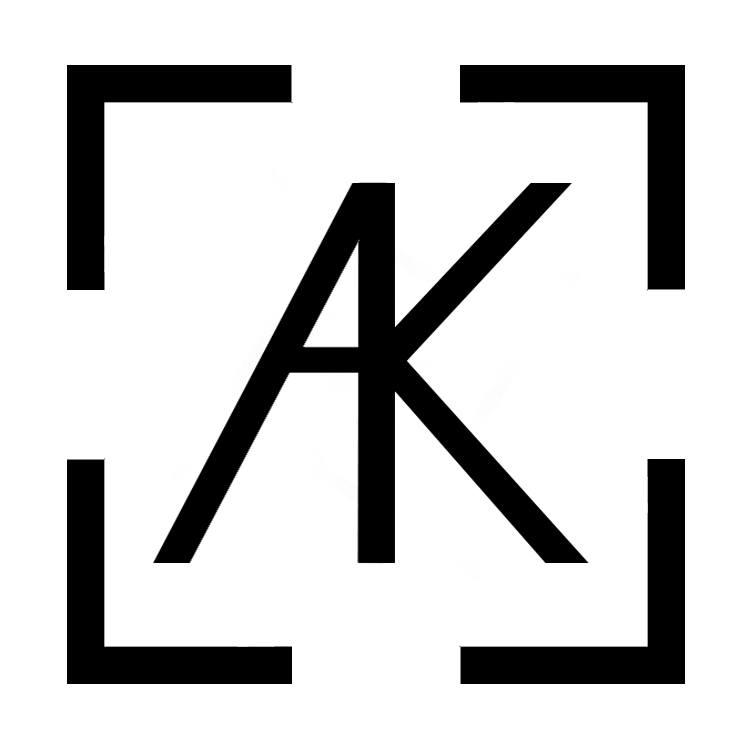Whether you are a full-time marketer at a construction firm or a solopreneur interior designer, social media can be exhausting, especially when added on top of your real job. But social media can be an effective part of your marketing pipeline that guides people to your website, to learn more.
I am an architectural photographer, not a social media guru, so I have had to learn to implement an effective social media plan that doesn’t take too much time.
Here is that basic marketing pipeline, starting with a social media marketing plan.

1. On social media, ditch the “liking and following everyone” plan. Trying to gain customers by constantly liking and commenting on their posts is usually a waste of time. When was the last time you hired someone because they commented on your posts?
Instead, try to see social media as an extension of your portfolio and blog. Unfollow everyone except current clients, dream clients, and industry leaders worth following. Focus on posting portfolio-quality photos of your projects, shots of your team at work, and FAQs or similar content marketing. For more ideas of what to post, check out this short article

2. Use a social media scheduler like later.com or hootsuite.com.
After the initial learning curve, a social media scheduler will save you an incredible amount of time. Set aside one day every month to schedule posts for that month (or one afternoon each week). It is far more efficient to schedule all of your posts at one time from a computer, than creating them one by one on your phone.
Content schedulers have many tools to make your job of managing social media much easier. Such as storing your pictures and telling you what you haven’t posted yet, or picking the best time of day to post for maximum engagement.
Another tip, as soon as you receive the photos of a project from your photographer schedule the posts for the next few months. Adding stories and hashtags to accompany the photos will be easier, and you will have a steady flow of content in the queue without the constant time investment.
3. Make sure your website looks professional and is customer-oriented.
Ensure that your contact information is up to date, fix any broken links or buttons, and check the spelling thoroughly. Simplify your layout and remove any information that doesn’t truly help the customer make a “contact us” decision.
You only have a few seconds to grab a viewer’s attention, so make sure your website passes the “Grunt Test”. This means that potential customers can answer these three questions within a couple of seconds:
What do they sell?
How does it help me?
How do I buy it/contact them?
4. Add a lead generator to your website to collect email addresses from visitors.
This is similar to an opt-in form for your newsletter, but you offer them something immediate and valuable such as a free PDF or a webinar, to lure them into giving you their email address. It could be something like “The benefits of artificial stone in commercial settings” or “5 questions to ask before hiring an architect”.
5. Invest more time in content marketing.
Consistent content marketing will cement your status as a professional in the minds of clients. One architecture firm I work with noticed a significant increase in leads after spending a day or two each month working on their website blog.
Try to write two blog posts every month, one showcasing a finished project and the other providing helpful information to potential clients. Like everything else, content marketing will seem impossible at first, but will soon get easier.

Comments